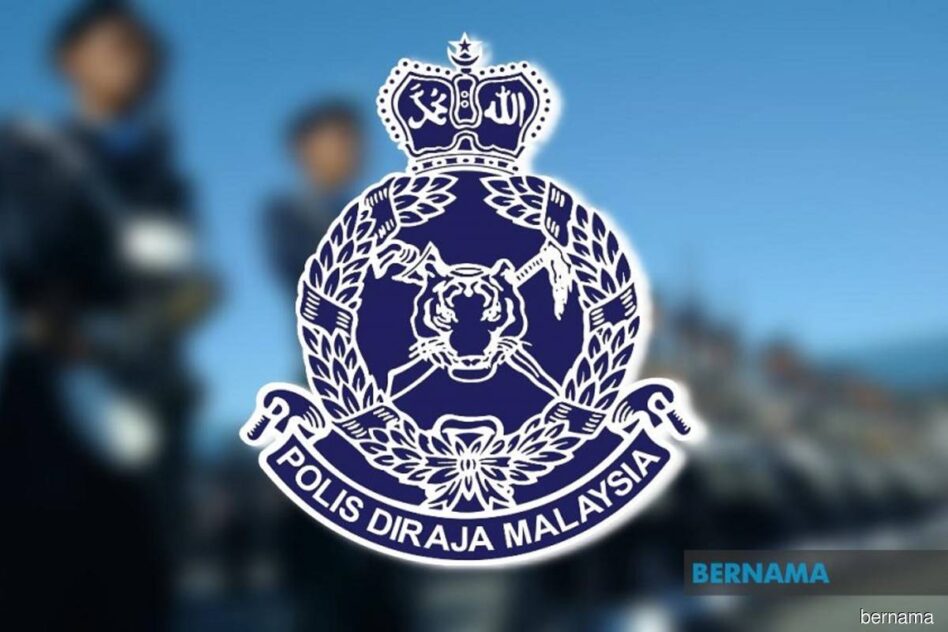By Capt Kamil Abu Bakar
I REFER to the article “Head in the clouds” by Hugo Martin that was published in a local paper on Saturday Feb 20.
I hope whoever read the article do not perceive that due to limited flying arising from the COVID-19 pandemic, flight safety is being eroded and air travel might now appear to be unsafe.

However, it was a well-balanced write up, more from the American experience and perspective but it should not be taken as disturbing news.
Having said that, pilots without doubt are creatures of habit who must perform regularly in order to be proficient and efficient.
And being human, they are not infallible to making mistakes. Indeed, pilots do make mistakes or forget to do certain things certain times, all the time. With so many things to do and to remember, it is normal for mistakes to happen.
However, it is the level of mistakes that matter.
To ensure that these mistakes or “failings” do not go unchecked, the industry requires that for a commercial aircraft, the flight must be operated by a minimum of two pilots. This is strictly for them to check on each other.
Normally, the pilots will perform their tasks as per the standard operating procedures (SOPs) from their training, regular checks and constant practice. Notwithstanding that, to ensure the action items are not missed, all of these procedures, regardless whether they are:
- Normal
- Not normal
- Emergency
All the above must be confirmed that they are performed by reference and recitation to the appropriate checklist.
There are, however certain items and drills which are first committed to memory. They are called “memory items” and are done without delay. Some examples are:
- Engine failure or fire
- Rapid decompression
- Wind shear warning
- Stall warning
- Ground proximity warning
- Traffic collision avoidance warning
- Unusual attitude or upset recovery
Nevertheless, pilots still have to go through the checklist, to ascertain no item has been left out.
It has to be reiterated that it is literally impossible for pilots to remain focused every second and every minute of the flight.
So, to alert the pilots of any inaction on their part or failure of any system, the aircraft has a built-in warning system, both visual and aural- through Master Caution, Engine-indicating and Crew-Alerting System (EICAS) or Electronic Centralised Aircraft Monitor (ECAM), as the case may be.
- The visual warning can be in the form of lights- amber or red.
- The aural warning can be in the form of a bell, horn, clacker stick shaker or even, voice activated.
Over reliance on automation
It is unlikely that the procedural items will be missed. But despite all that, the real threat to modern day aviation is complacency, due to over reliance on automation.
This is one area the pilots must keep themselves alert all the time, by being continuously ” in the loop”, remain focused with full concentration to the flight’s progress.
Maintaining a high level of self-discipline is imperative to aviation safety.
From the foregoing, l cannot agree that in the past year or so, “there were more reports of aviation accidents or incidents by pilots making in-flight errors with the experts blaming on the pandemic downtime.”
I know from my experience and knowledge that I gained from heading the flight safety department at one time, through our mandatory Incident and Accident Reporting system, those errors made by pilots mentioned by Martin, happened even during the pre-COVID-19 days.
In the most recent accident involving a Boeing 737- 500, on Jan 9, the preliminary report made by the investigating agency, KNKT Indonesia, reflected that both pilots had been flying regularly before the fatal flight. They were not away from flying long, so to be a contributory factor to the accident.
Airlines do not want aircraft accidents to happen. Civil aviation regulations are in place to ensure that pilots are properly trained, qualified and proficient to fly the aircraft. The requirement also includes the pilot’s “recency” in flying.
The commander, in turn, must ensure that the aircraft is airworthy before he takes it up to the sky.
Indeed, with the industry highly regulated, flying is still very safe. In fact, it is the safest means of public transport.
But it will remain safe as long as all the regulations are complied by all parties. – Feb 22, 2021.
Capt Kamil Abu Bakar was a former Malaysia Airlines Director of Flight Operations, chief pilot, Flight Safety & Security director and member of the International Advisory Committee of Flight Safety Foundation.
The views expressed are solely of the author and do not necessarily reflect those of Focus Malaysia.









